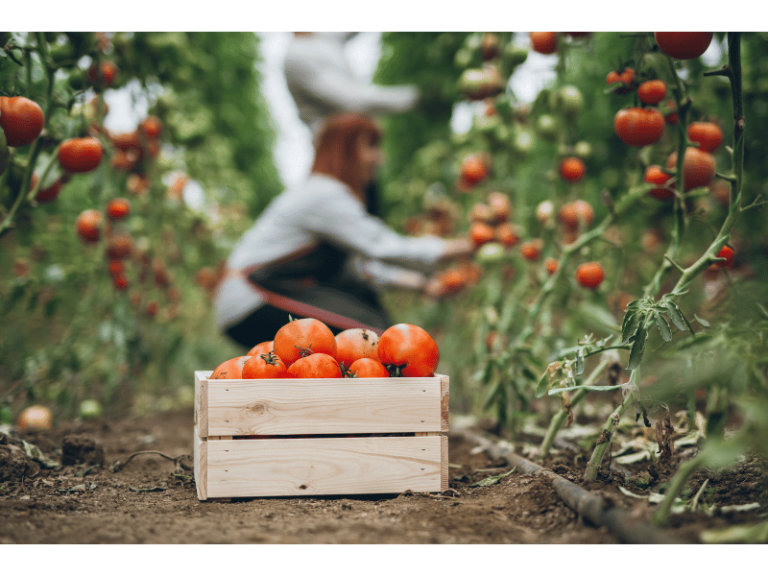The growth of any crop is inseparable from various external conditions such as temperature, moisture, sunlight, and so on. However, different crops have varying adaptability to these external conditions. Rice thrives in warm and wet conditions, while winter wheat is cold-resistant and water-averse. Therefore, sowing crops must first take these factors into account.
Winter wheat needs a low temperature of 0°C – 3°C before it begins to grow. After 40 to 50 days, when the ground warms up and sunlight strengthens, it blooms and produces abundant seeds. Thus, winter wheat is always sown in late October to early November. On the other hand, rice seedlings need a temperature of around 15°C and increasingly require strong sunlight as they grow. Therefore, in China, rice is sown in April or May. If winter wheat were sown in the spring, it would grow leaves but yield no harvest; similarly, if rice were sown in early winter, it wouldn’t sprout at all.
Sowing winter wheat in the spring and rice in the winter clearly results in inappropriate timing and thus no outcome. What about sowing time differences that are shorter, such as 20 days or half a month? It would still have an impact.
Take a wheat plant, for instance. From sowing to harvesting, if it normally takes 200 days, then sown in early November, it can be harvested in mid-May. During these 200 days, the wheat grows well, with robust plants and sufficient nutrient accumulation. If sown half a month or 20 days late, the situation changes. The late-sown wheat doesn’t develop fully but is forced to bloom and set seeds prematurely due to external conditions. This leads to underdevelopment, resulting in small ears and fewer seeds, ultimately reducing the yield. When beans, wheat, or rapeseed are nearly mature, one can see some bean flowers still blooming, which is a consequence of late sowing.
Does this mean crops should be sown as early as possible? No. Sowing too early can lead to high temperatures and rapid early growth, making the plants weak and unable to withstand the later low temperatures (or exhausting too many nutrients early on). Alternatively, if the ground hasn’t warmed up yet, the seeds might not sprout, becoming susceptible to fungal infections and rot, also resulting in losses. Only by sowing at the right time can a good harvest be ensured.

